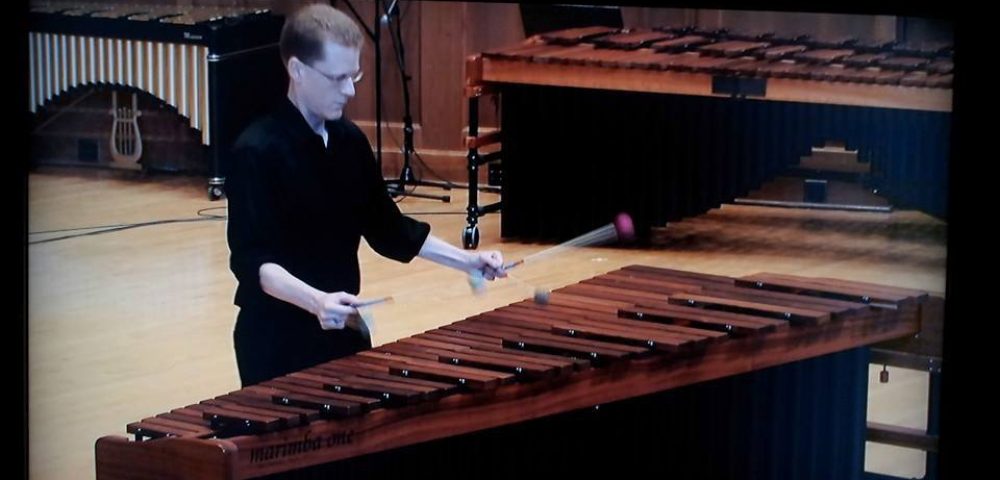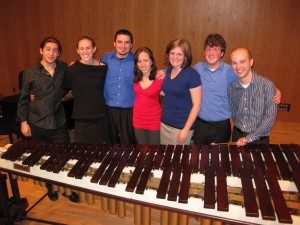This summer I will be attending the Zeltsman Marimba Festival in Appleton, Wisconsin. There aren’t that many marimbist in the world compared with pianists or other instruments but there are a number of festivals and seminars to choose from. Luckily for me, this one is within driving distance (especially since I am taking my 5-octave MarimbaOne marimba). Most of the people that attend these events will be college students who are still working on their BS or MS degrees. So maybe I will be the “old guy”. Wait a minute I am not old am I? I might not have their technical skill, but I will have an incredible passion for the instrument that will be hard to be matched! There is a 5 hour marathon concert at the end of the 2 weeks where all of the participants play. Last year I drove over just to see this event and it was worth the drive! Sitting at a 5 hour concert with no break reminds me of a certain 54-hour straight trivia contest that I just finished. But I digress…
One other extrememly exciting part of this two week festival is the introduction of 24 new intermediate marimba pieces. One of them was composed by Paul Simon! I will post more about this exciting event as we get closer. For now, it is time to practice. Playing marimba pieces in front of extremely talented marimbist requires real work and I am up to the challenge.

